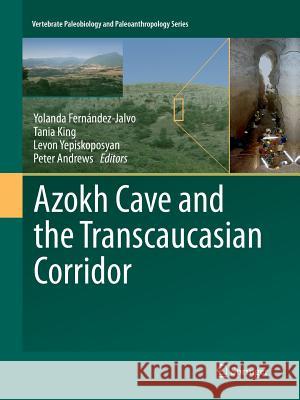Azokh Cave and the Transcaucasian Corridor » książka
topmenu
Azokh Cave and the Transcaucasian Corridor
ISBN-13: 9783319797007 / Angielski / Miękka / 2018 / 349 str.
Kategorie:
Kategorie BISAC:
Wydawca:
Springer
Seria wydawnicza:
Język:
Angielski
ISBN-13:
9783319797007
Rok wydania:
2018
Wydanie:
Softcover Repri
Ilość stron:
349
Waga:
0.82 kg
Wymiary:
27.94 x 20.96 x 1.93
Oprawa:
Miękka
Wolumenów:
01
Dodatkowe informacje:
Wydanie ilustrowane











